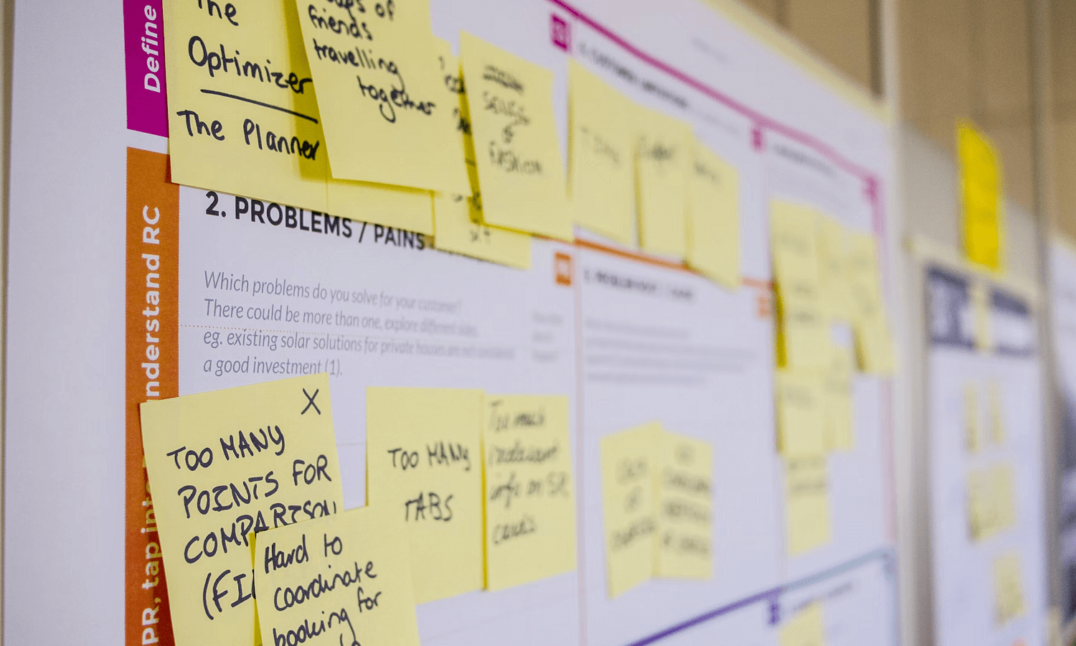5 Stages of Grief in User Research

The human-centricity of the User Experience Research (UXR) process also brings out emotions associated with being human: joy, anger, surprise, and grief. You can’t claim to be a good researcher if you forget the first rule of user research (and life): empathy.
Understanding how humans react to thoughts and feelings is critical not only for UXR but also for navigating our daily lives.
You can’t claim to be a good researcher if you forget the first rule of user research (and life): empathy.
I closely attach the UXR process to the 5 stages of grief: our attempts to process change and protect ourselves while we adapt to a new reality. The research process can be a challenging and emotional experience, much like the stages of grief, it is necessary to go through it to truly understand user needs and realities that might not align with yours. Here are the five stages of grief I have witnessed in UX research and how they can (possibly) be addressed:
- Denial: When the product is pitched, stakeholders (investors, managers, or anyone else involved in the project) may be in denial about the need for UX research or may not fully understand the value it can provide. But it’s important to understand this is by no fault of your own or theirs because UXR is a niche field, and most companies aren’t used to thoroughly researching before building a product. At this point, it’s useful to educate stakeholders on the benefits of UX research, and how it can inform design decisions and organically get them to their final destination, or Minimum Viable Product (MVP), quickly.
- Anger: Interested parties may become angry when they see issues with the current design or when research findings contradict their assumptions. This often happens as expectations are set through armchair research, making it crucial to identify and address these concerns before they become roadblocks.
- Bargaining: Product teams may try to bargain with the research team in an attempt to compromise on design decisions in favor of speed. It’s important to remind everyone who you are building for and how the user’s needs should primarily inform the design decisions.
- Depression: It is quite natural to become depressed or unmotivated when faced with a significant amount of work that needs to be done to improve the user experience or when having to pivot to an entirely new strategy. It’s pertinent to remind yourself that the end goal is to create a better experience for the user, which may involve some sacrifices but is ultimately worth it.
- Acceptance: In this final stage, all the interested parties and stakeholders accept the research findings and are ready to take action to improve user experience. You should provide clear next steps and a plan for implementing the changes recommended by the research team.
It’s important to remember that these stages are not linear and that individuals may move back and forth through them. By being aware of the potential emotional reactions to UX research, it will be easier for you to address them and help stakeholders reach the acceptance stage, where the true value of the research can be leveraged to improve the product or service.
It’s also worth mentioning that onboarding the stakeholders in the research process and keeping them informed throughout can help mitigate some of the negative emotions associated with the research.






